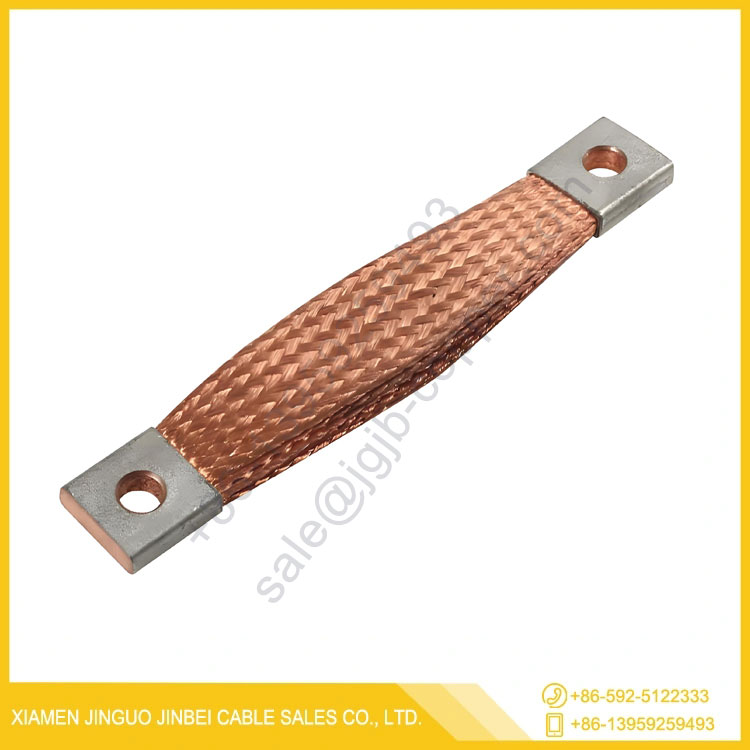How to Choose the Right Braided Copper for Your Project
2025-02-14
Braided copper is widely used in electrical and industrial applications due to its flexibility, durability, and excellent conductivity. Choosing the right braided copper for your project requires an understanding of key factors such as material type, size, and application-specific requirements. This guide will help you make an informed decision.
1. Understand Your Application Needs
Different applications require different types of braided copper. Consider the following uses:
- Electrical Grounding: For grounding applications, tinned copper braid is often preferred due to its corrosion resistance.
- Shielding in Cables: Used to protect against electromagnetic interference (EMI) in communication and power cables.
- Flexible Connectors: Ideal for battery connections, switchgear, and moving components that require flexibility.

2. Choose the Right Material Type
Braided copper comes in different materials:
- Bare Copper: Provides excellent conductivity but is more susceptible to oxidation.
- Tinned Copper: Offers corrosion resistance, making it ideal for humid or marine environments.
- Silver-Plated Copper: Enhances conductivity and oxidation resistance, often used in high-frequency applications.
3. Select the Appropriate Size and Gauge
The size and gauge of braided copper depend on your electrical load and physical space constraints. Consider:
- Gauge (AWG): A lower gauge number indicates a thicker braid, which can carry more current.
- Width and Thickness: A wider braid distributes current more efficiently and provides better mechanical stability.
- Strand Count: Higher strand counts improve flexibility and vibration resistance.
4. Consider Flexibility Requirements
If your project involves movement or frequent bending, choose a highly flexible braid with a finer strand structure to prevent wire fatigue and breakage.
5. Evaluate Environmental Conditions
- High Temperature: Use heat-resistant coatings or insulations.
- Corrosive Environments: Opt for tinned or silver-plated copper.
- Mechanical Stress: Ensure the braid has adequate reinforcement or insulation.
6. Verify Compliance and Standards
Check if the braided copper meets industry standards such as UL (Underwriters Laboratories) or RoHS (Restriction of Hazardous Substances) for safety and compliance.
Conclusion
Selecting the right braided copper involves understanding your project's specific needs, choosing the appropriate material, size, and flexibility, and ensuring compliance with industry standards. By carefully evaluating these factors, you can optimize performance and longevity for your electrical and industrial applications.


